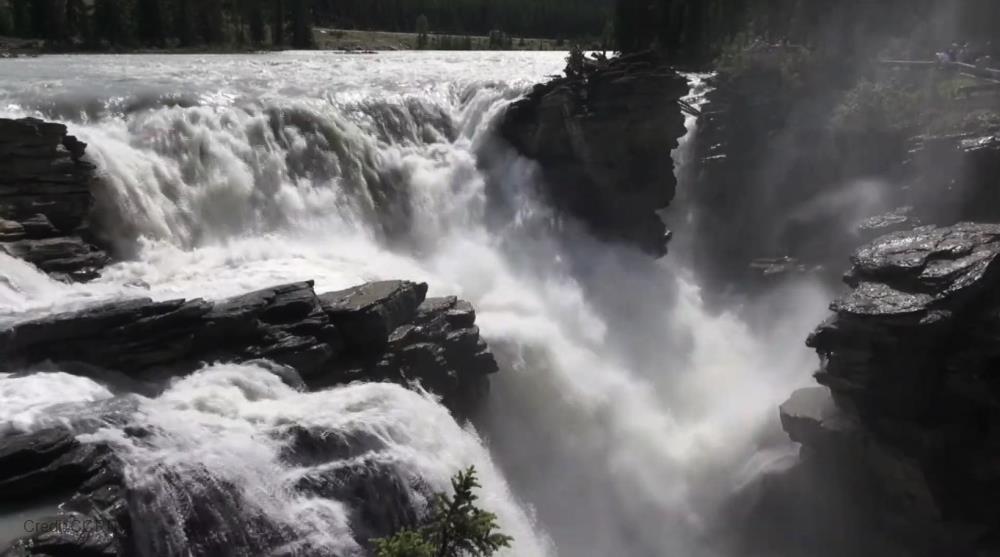
Related items loading ...
Section 1: Publication
Publication Type
Thesis
Authorship
Morris, J.
Title
Hydrologic controls of a wetland complex in British Columbia’s inland temperate rainforest
Year
2021
Publication Outlet
UNBC - Dissertations and Theses
DOI
ISBN
ISSN
Citation
Abstract
Ancient Forest/Chun T’Oh Whudujut Provincial Park (AFP) is part of British Columbia’s (BC) inland temperate rainforest that receives high total annual precipitation amounts (>1000 mm) from orographic enhancement. AFP hosts a ~4 km2 complex of valley bottom wetlands which is supported by this precipitation, a good portion of which falls as snow. This study examines the hydrology of the wetland complex to determine the primary water sources and their influence on flow paths and recharge. Water levels and meteorological conditions were monitored for 2019 and 2020, and water samples were collected for isotopic data during the 2020 snow free period. Kriging of water level data revealed a northeastward nearly flat hydraulic gradient that shifted orientation during wet and dry periods through the summertime. Rainfall amounts were above average at 700.2 mm and 676.4 mm while snow water equivalent varied at 762.8 mm (below average) and 1082.8 mm (above average) for 2019 and 2020, respectively. The reduced snowpack of 2019 yielded lower water levels through the summertime when compared to those of 2020. End Member Mixing Analysis (EMMA) of stable water isotope data indicates that rainfall is not a significant enough recharge source to alter the wetland groundwater composition, while snowmelt is likely the dominant source of input for the groundwater. Cross correlation between rainfall and water level data indicates however that water levels do respond to rainfall events with lag times ranging from 13 – 30 hrs. This observation leads to the conclusion that rainfall serves to flush stored snowmelt generated water from the soils into the wetland complex, though not in a significant enough volume to replace snowmelt as the dominant soil water source. Since previous research has concluded that by 2050 as much as 50 % of the current snow contribution to total annual precipitation will be replaced by rainfall, this study indicates that this shift in precipitation regime may result in lower water levels in the wetland complex. Numerical modelling of the relationship between wetland water levels and precipitation phases and amounts would improve the understanding of the climate resiliency of valley bottom wetlands in the Robson Valley.
Plain Language Summary


 GWFNet
GWFNet Master
Master Data
Data Research
Research Map
Map
 Advanced
Advanced Tools
Tools
 . . .
. . .
 Metadata Editor
Metadata Editor
 Record List
Record List
 Alias List Editor
Alias List Editor
 Legacy sites
Legacy sites